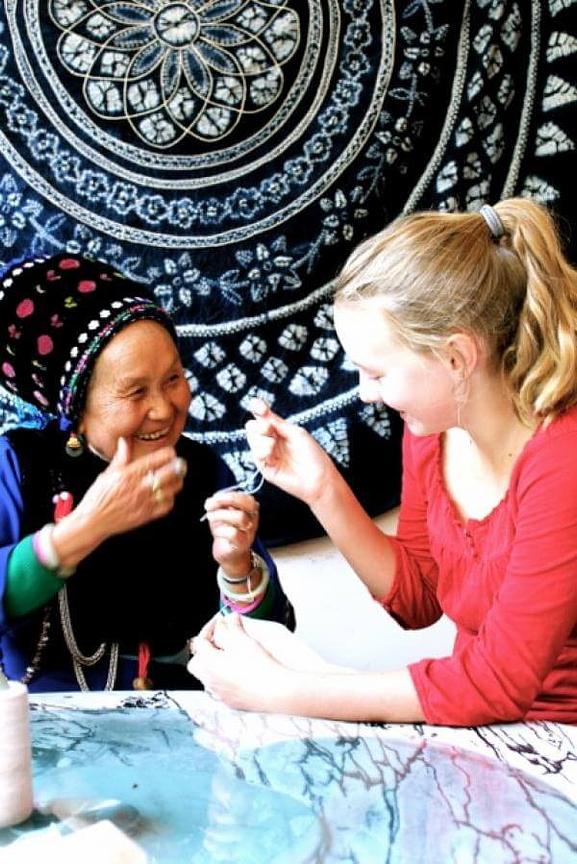Children benefit from time away from the introspective 'bubble'of school campus life. This is particularly thecase for students living in very rural areas or international schools, as they may feel distanced from the ‘real world’. To live and work as adults in an increasingly globalised world, young people need an opportunity to explore the world around them, experience other cultures andmeet people from diverse backgrounds.
Adolescence is a time of rapid social, emotionaland personal growth as young people exploretheir place in the world. Travel away from home and engagement in purposeful projects giveyoung people the chance to push beyond their usual boundaries and challenge their understanding of themselves and others.
The Shanghai American School began the Microcampus project in 2012 to help students growing up in an expatriate ‘bubble’ see a different side of their host country. Studentshave the opportunity to embark on a month-long trip to Xizhou, a village in Southwest China that the school has partnered with. For many students, this is the first time they have spent any significant time away from home. The programme focuses on experiential learning, personal growth andintercultural understanding, with the aim ofhaving a positive impact on places and people.
On the trip, students complete two main projects. The first is an inquiry-based project, within which students investigate a topic of their choice that relates to the host region. The second is called Service Learning, which involves students capturing oral histories from elderly citizens in a short film project. Both projects require students to interact with local residents and therefore they are provided with an opportunity for intercultural dialogue and a chance to understandthe experiences of others.


